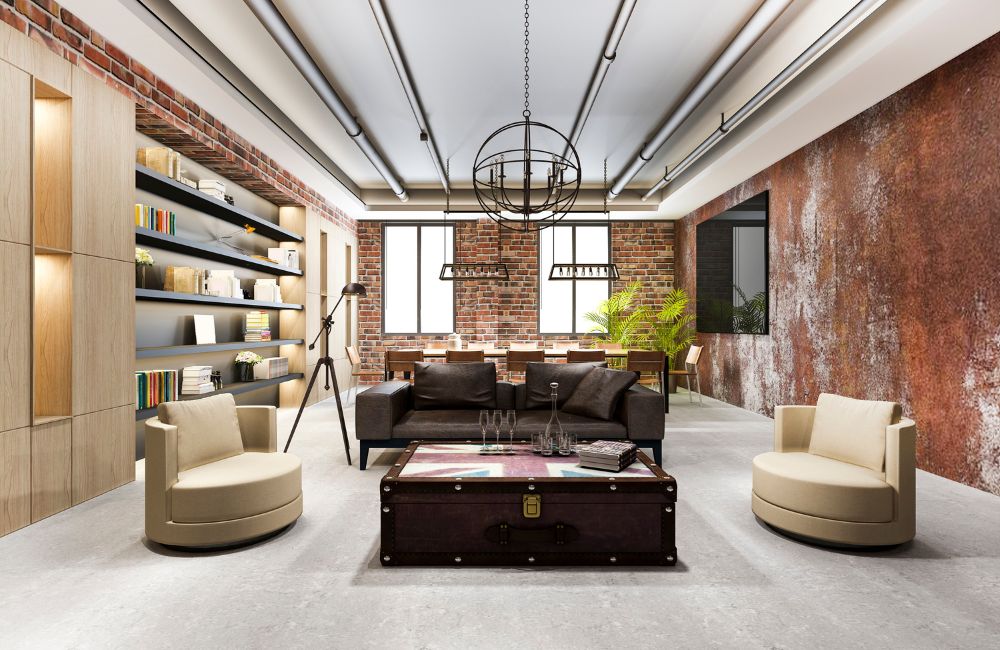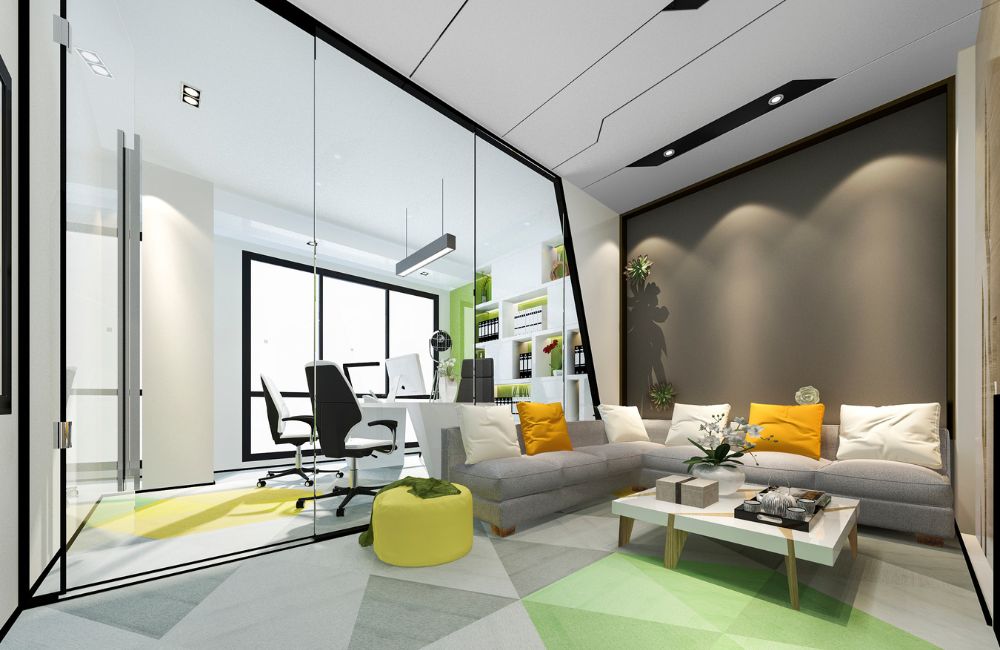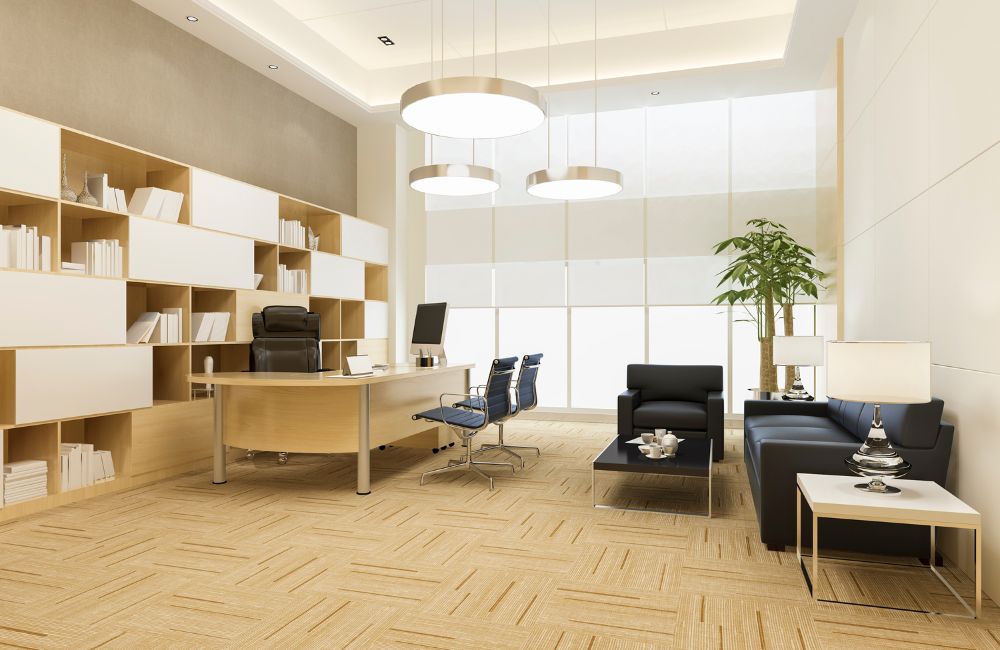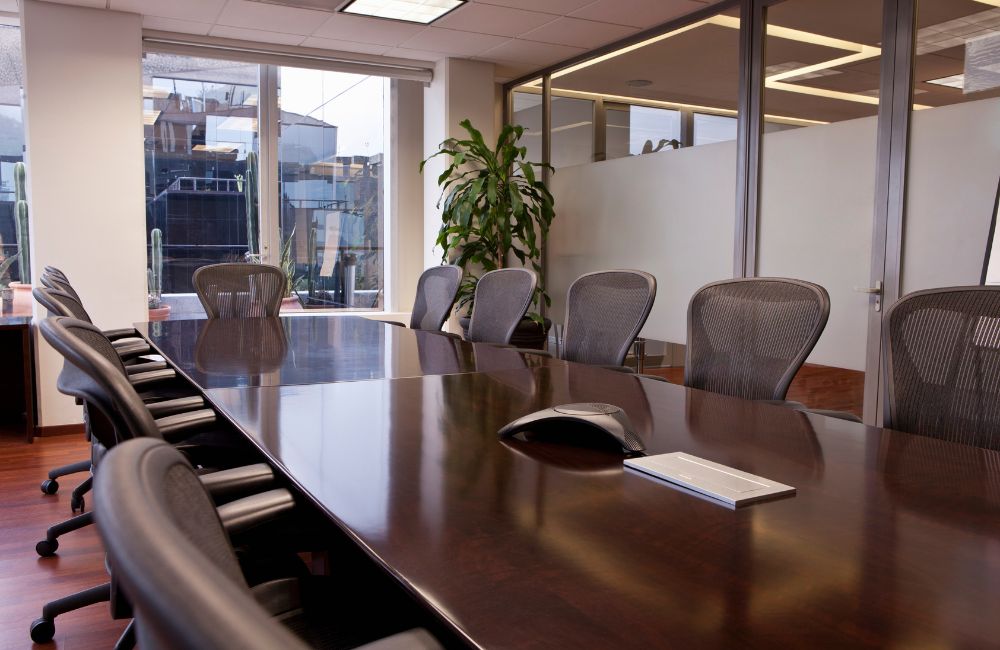
Key Takeaways
Introduction
Frequently Asked Questions
Key Takeaways
✔ Assess space and needs to ensure the executive office furniture fits and functions well.
✔ Choose stylish and comfortable furniture to enhance the executive office’s appeal.
✔ Arrange furniture for optimal space efficiency and aesthetics in the executive office.
✔ Integrate technology cleanly to maintain a productive executive workspace.
✔ Add personal touches like art and plants to inspire and welcome in the executive office.
✔ Opt for ergonomic and sustainable furniture to support health and the environment.
✔ Set a budget and choose reputable suppliers for durable executive office furniture. |
Creating an effective, stylish, and functional executive office furniture setup is a strategic move that enhances the workplace environment, boosts attractiveness to younger employees, and projects a polished image to visitors. Offering a vibrant and inviting office space can significantly impact employee satisfaction and productivity while also serving as a testament to the company’s values and operational philosophy.
To help you, here are some of the essential steps to designing an executive office that not only meets practical needs but also resonates with modern design trends, ensuring your office is a place where both staff and visitors feel welcomed and inspired:



Executive furniture is distinguished by its use of high-quality materials like premium wood and genuine leather, which enhance both durability and aesthetic appeal. The designs are sophisticated, featuring intricate detailing, custom joinery, and unique finishes that demonstrate superior craftsmanship. Additionally, these pieces often include adjustable components, integrated technology, and ergonomic features to support comfort and productivity.
Many suppliers of executive office furniture offer a wide range of customization options, allowing businesses to tailor materials, finishes, and dimensions to their specific needs. This flexibility supports the creation of unique, branded office environments with features like larger desks, built-in storage solutions, and technology compartments. Custom configurations can also include additional filing cabinets and bookshelves to enhance functionality and organization.
The choice of executive office furniture plays a pivotal role in shaping client perceptions, as it can significantly influence the ambiance of an office and suggest the company’s standards and attention to detail. High-quality, well-chosen furniture projects an image of professionalism and success, which can reassure clients of the company’s stability and expertise.
The lifespan of executive office furniture can extend many years, often decades, depending on the quality of materials and construction. Furniture made from solid wood and robust metals can withstand the rigors of daily use far better than those made from cheaper materials like particle board or thin metal.
Maintaining executive office furniture requires regular dusting with a soft cloth to prevent surface scratches and debris buildup. Immediate cleaning of spills is essential to avoid stains, especially on sensitive materials like wood and leather. Periodic polishing and the occasional tightening of loose screws on metal components also help preserve the furniture’s functionality and aesthetic appeal.
Transform your executive office into a beacon of style and efficiency with Stamford Office Furniture in New Haven, CT. Our premium collection in New Haven, CT, offers everything from sleek desks to ergonomic chairs designed to enhance productivity and project professionalism. Visit us today and discover how furniture can redefine your office environment.